
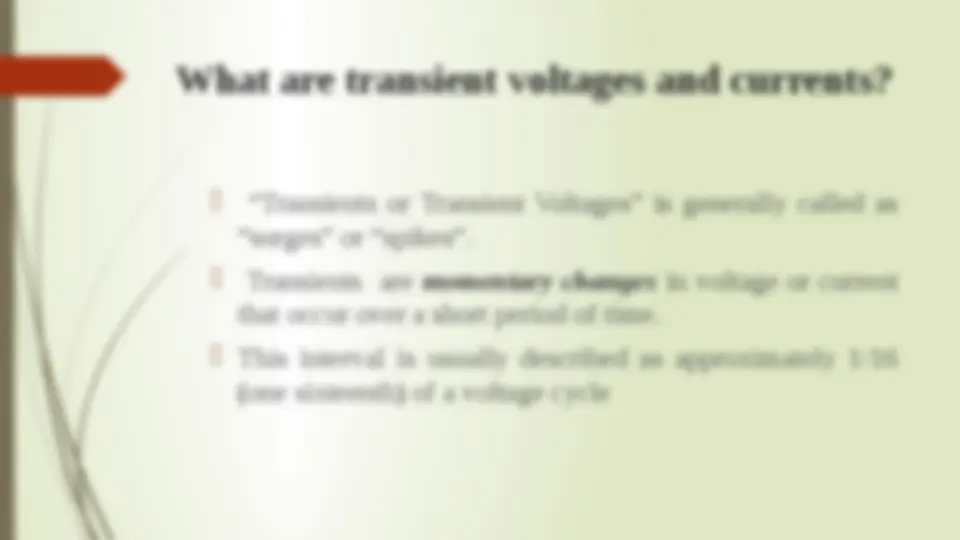
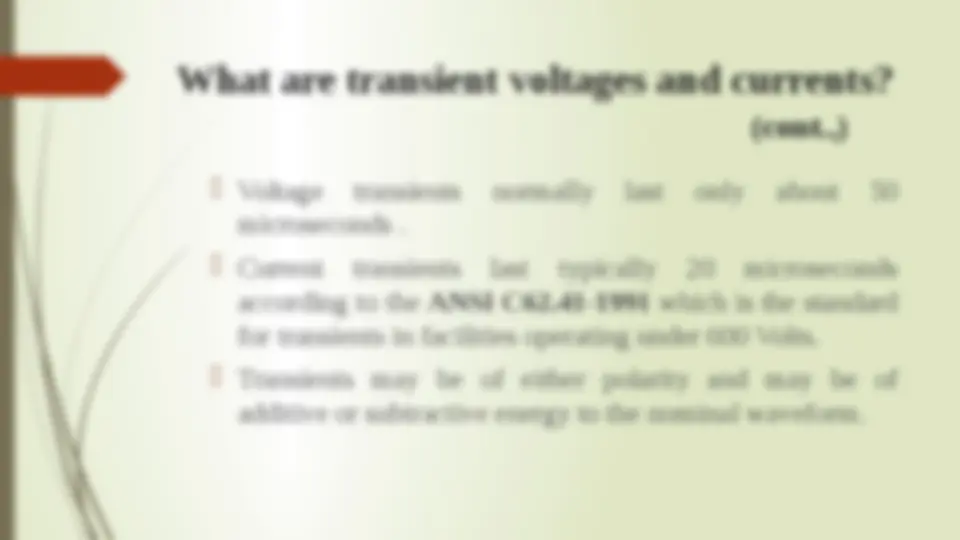
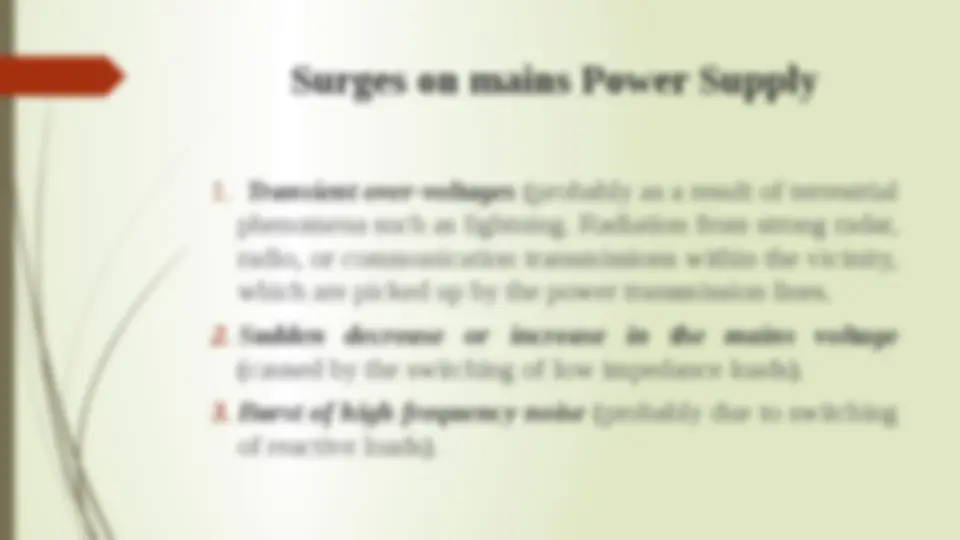
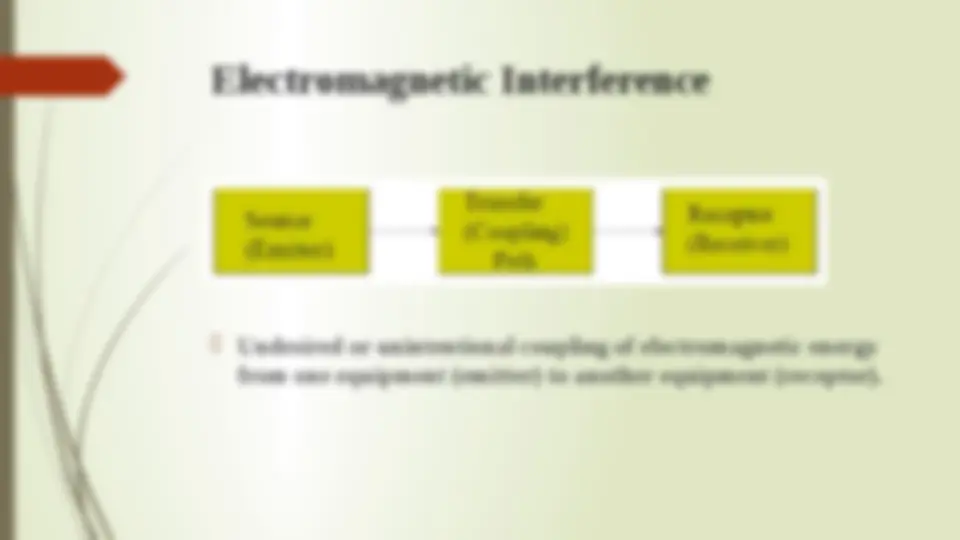
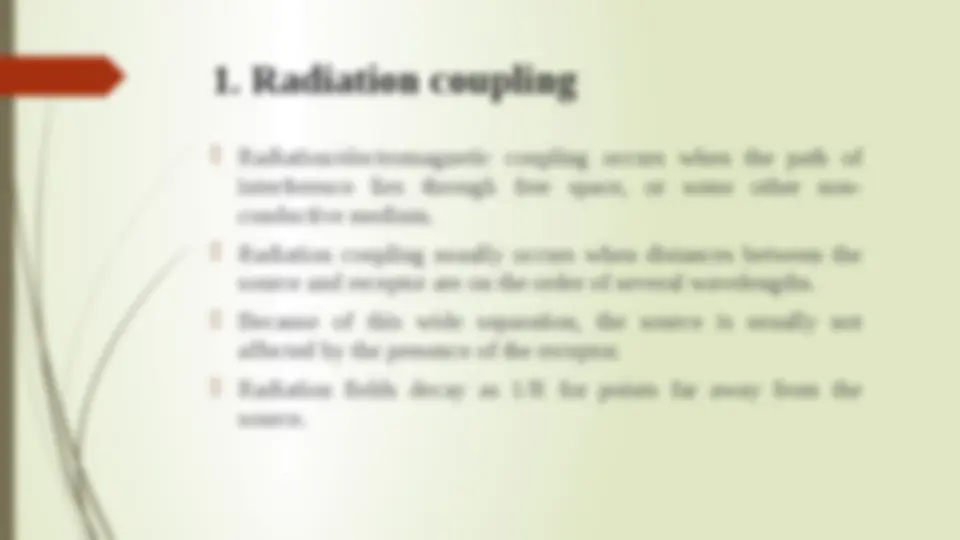
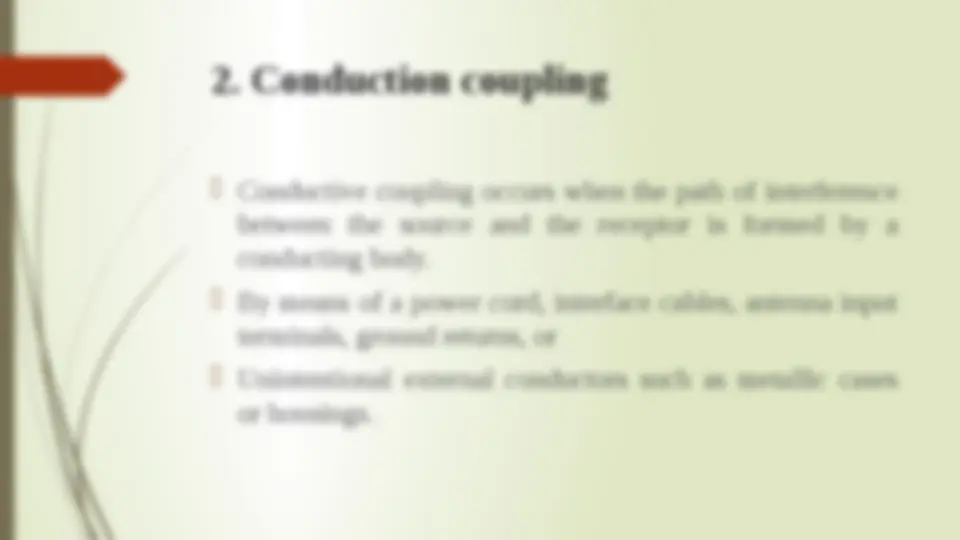
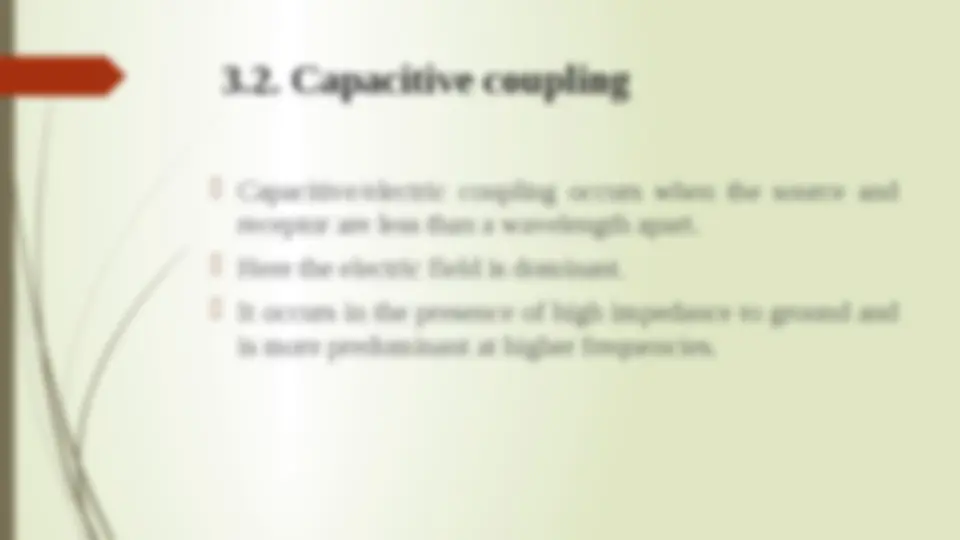
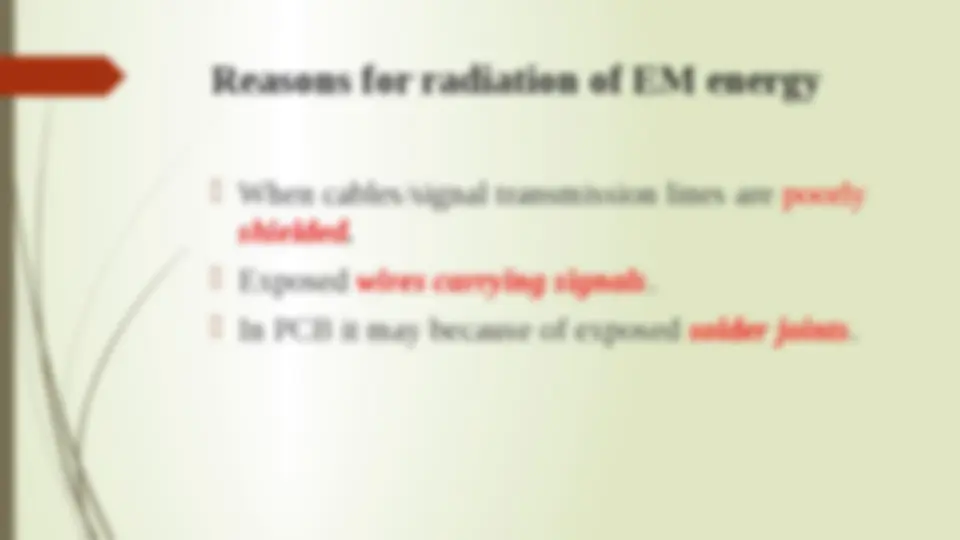
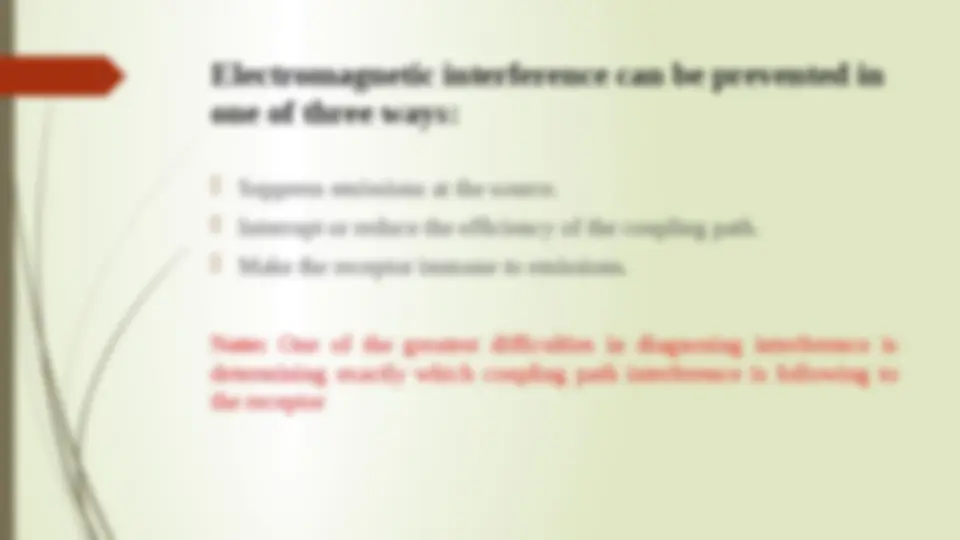


Study with the several resources on Docsity

Earn points by helping other students or get them with a premium plan


Prepare for your exams
Study with the several resources on Docsity

Earn points to download
Earn points by helping other students or get them with a premium plan
Community
Ask the community for help and clear up your study doubts
Discover the best universities in your country according to Docsity users
Free resources
Download our free guides on studying techniques, anxiety management strategies, and thesis advice from Docsity tutors
Describes about the various electromagnetic interference in power supply lines.
Typology: Slides
1 / 15

This page cannot be seen from the preview
Don't miss anything!










Prepared by: Mekala Viswanadh M.Tech R&M 317206523010
(^) Voltage transients normally last only about 50 microseconds. (^) Current transients last typically 20 microseconds according to the ANSI C62.41-1991 which is the standard for transients in facilities operating under 600 Volts. (^) Transients may be of either polarity and may be of additive or subtractive energy to the nominal waveform.
(^) Undesired or unintentional coupling of electromagnetic energy from one equipment (emitter) to another equipment (receptor).
(^) Conductive coupling occurs when the path of interference
between the source and the receptor is formed by a conducting body.
(^) By means of a power cord, interface cables, antenna input
terminals, ground returns, or
(^) Unintentional external conductors such as metallic cases
or housings.
(^) Capacitive/electric coupling occurs when the source and
receptor are less than a wavelength apart.
(^) Here the electric field is dominant.
(^) It occurs in the presence of high impedance to ground and
is more predominant at higher frequencies.